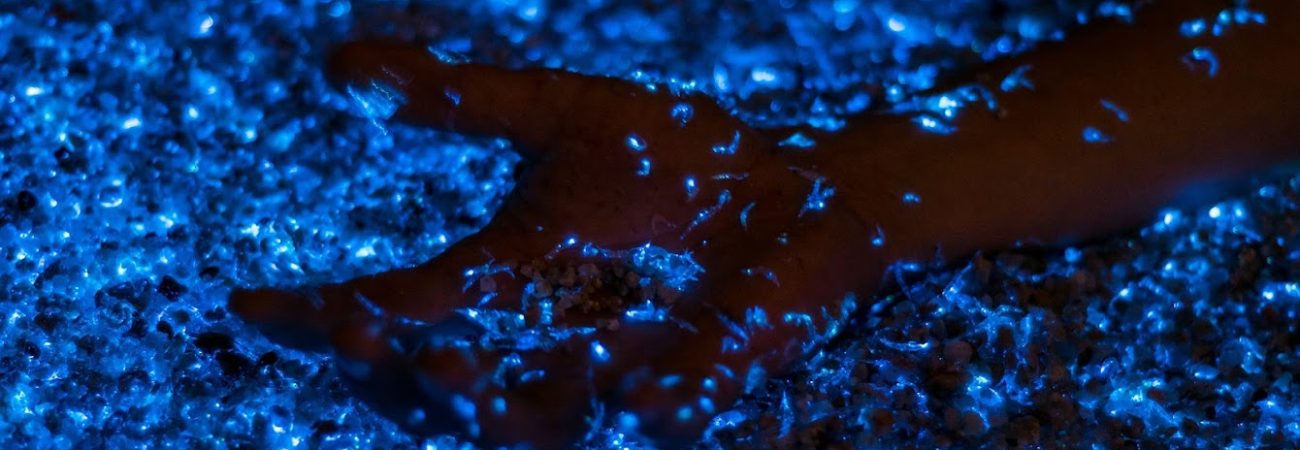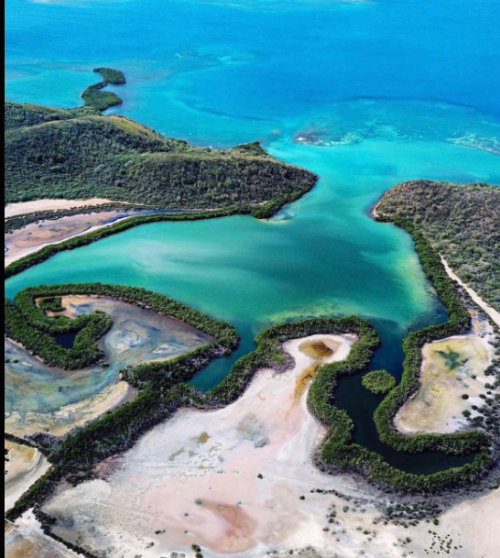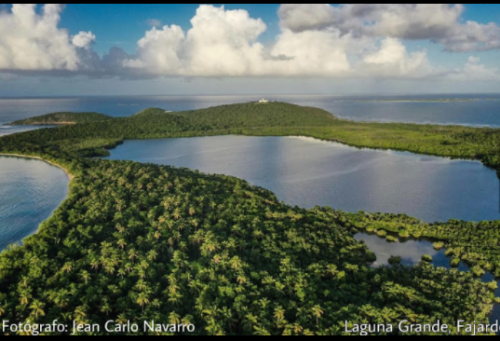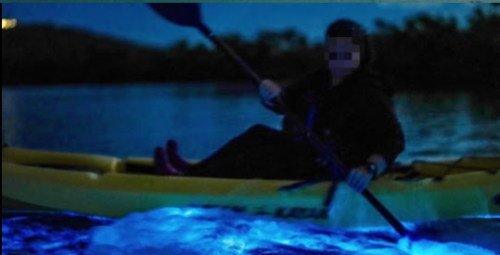
The country with the most bioluminescent bays in the world

During the nights, three bays of Puerto Rico shine with their own light under a tropical sky full of stars.
These incredible places, located in La Parguera, Lajas; Laguna Grande in Las Croabas, Fajardo and Mosquito Bay, Vieques, are three of the extremely rare places in the world where the perfect conditions are found for the spectacle of bioluminescence to repeat itself without interruption throughout all the seasons of the year. In fact, only 5 places in the world meet the conditions to be recognized as bioluminescent bays or bio-bays.
Until the mid-20th century, the bioluminescent bays of Puerto Rico were a secret known only to locals since their location in rural areas of southern and eastern Puerto Rico was not known by many.
Today, thanks to the conservation efforts of residents and organizations of the Island, visitors from all over the world can enjoy the natural wonder that these places are.
The first of the three bays to gain popularity was the one in La Parguera, Lajas. Originally it was known as The Phosphorescent Bay, since its brightness was extremely similar to that caused by phosphorous when it caught fire. However, after years of study, it was discovered that the bioluminescence created by even the slightest movement of water is caused by dinoflagellates called Pyrodinium Bahamense.
These microscopic single-celled organisms emit a flash of light as a defense mechanism against the small predators that feed on them. Every pinpoint of light that can be seen when shaking the water is the result of the incredible amount of this marine plankton whose concentration can reach up to 2 million individuals per gallon (3.8 liters) of water

The habitats in La Parquera, Las Croabas and Mosquito Bay are very similar: a maritime zone where the mangrove is the main ecosystem, shallow waters with a narrow entrance to the bay, warm temperatures, and, curiously, places that receive a lot of sunlight. .
This is the reason why when kayaking or sailing in an electric boat you can see trails of light and drops that fall like diamonds in the water with each paddle. In addition to these natural characteristics, which are vital to reach and maintain the necessary dinoflagellate population, the regions where bio-bays are found do not have as much exposure to light pollution, which makes the bioluminescence phenomenon even more visible.
Its rarity and accessibility make planning a trip to at least one of the three bays something that should not be missed when visiting Puerto Rico.
The selection of which of them to visit depends basically on the interests, physical condition and time available to explore them. Due to their popularity and limits imposed to protect these reservations in relation to the number of people who can visit them each night, it is highly recommended to make reservations with tour operators endorsed by the Puerto Rico Tourism Company. Using endorsed operators guarantees quality service and the use of best eco-friendly practices.
Laguna Grande, located in the fishing village of Las Croabas in Fajardo, is the closest to the San Juan area, a place where most travelers traditionally choose to stay.




